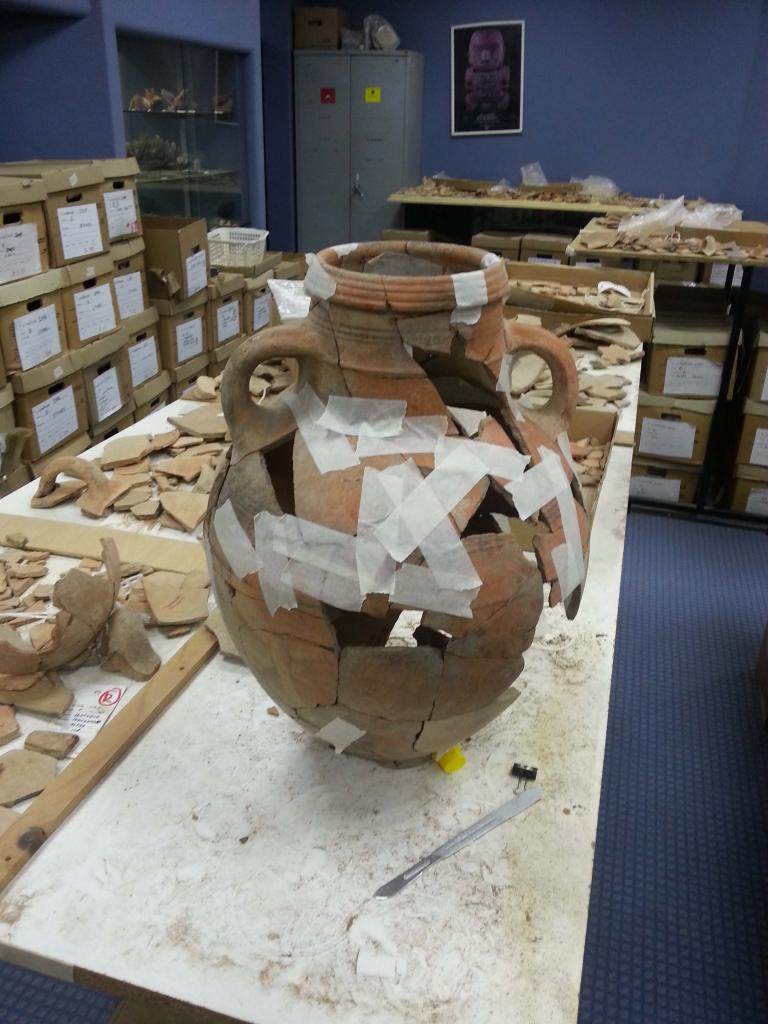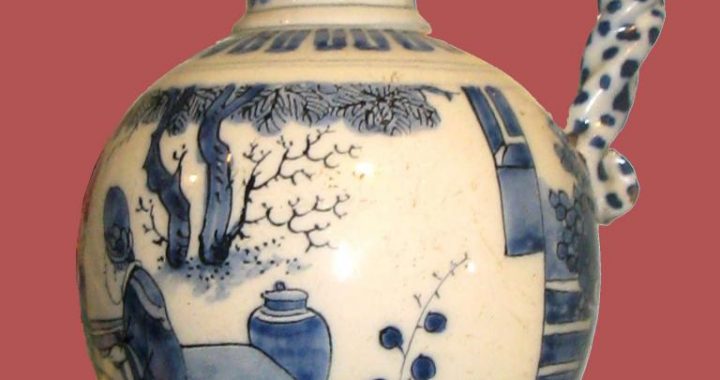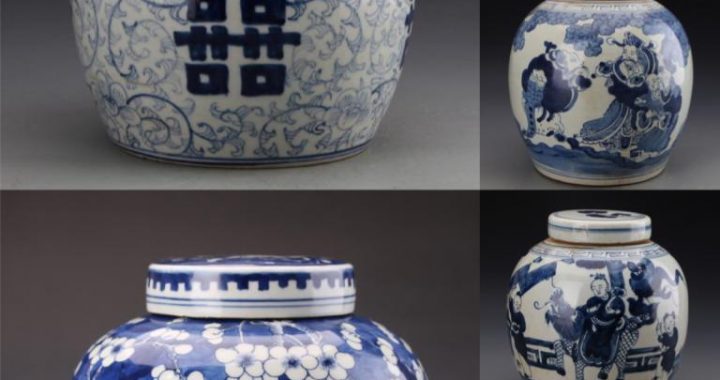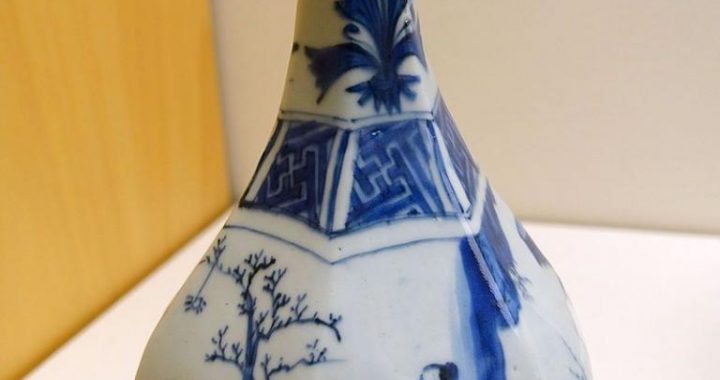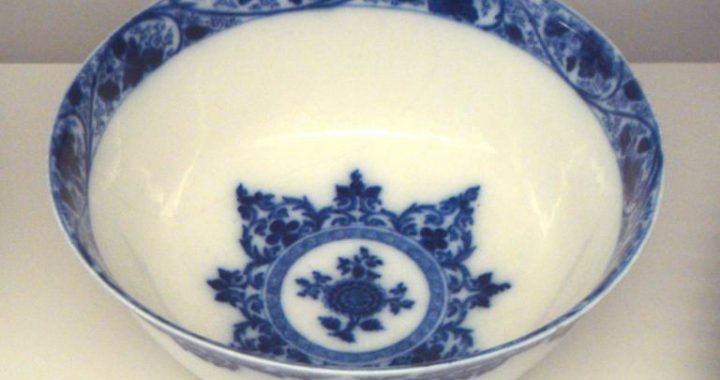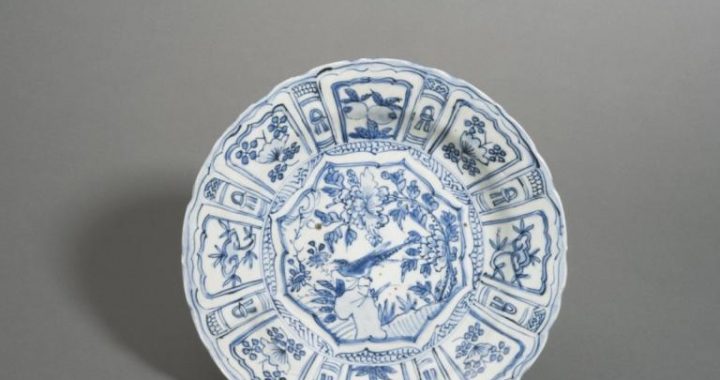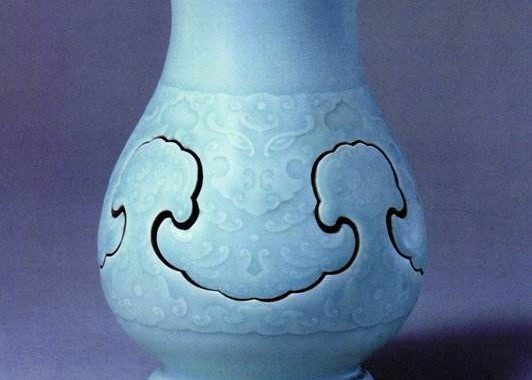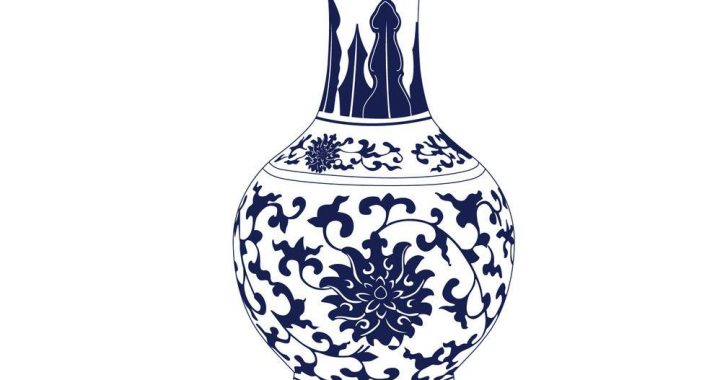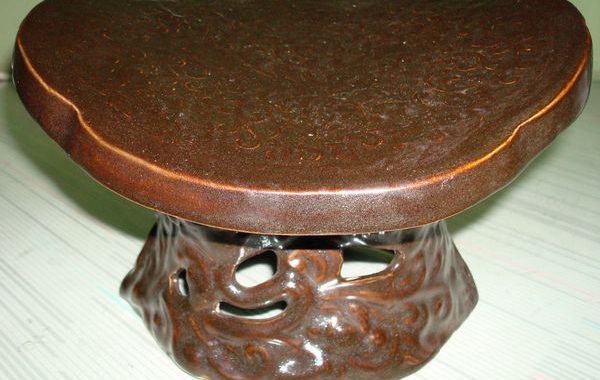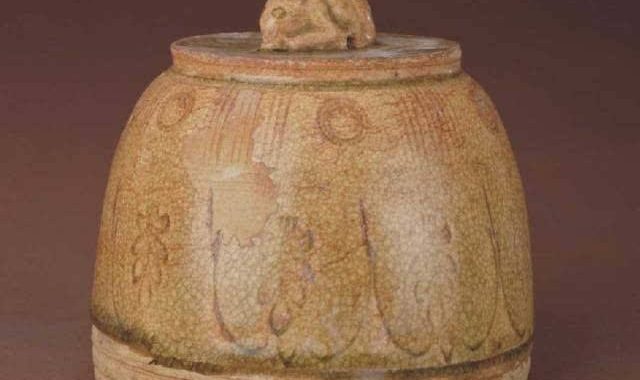Nature’s Craft
1 min readAnyone familiar with Chinese porcelain knows that the surface of some porcelain ware is covered with irregular cracks. This is referredto as”crackling”in porcelain terminology. The crackles occurred during kilning due to flawed workmanship, but as time went on crackleware became a craze during the Song Dynasty, and waspassed down to this very day.
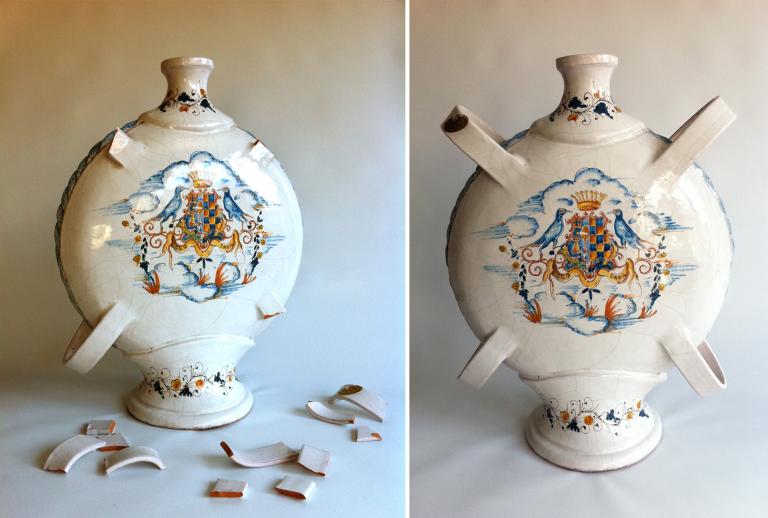
Crackleware today is one of the typical Chinese porcelain styles.The Ge Kiln(located in present-day Longquan, Zhejiang Province) was a typical kiln of the Song Dynasty that produced crackleware. Today, the Shanghai Museum has two pieces of crackleware from this kiln.
One is a bowl with its rim shapedin a sunflower pattern, and the other a bowl with its rim shaped in a floral pattern. Both of them have fine crisscrossing crackles on the surface.The Taipei Palace Museum has a piece of crackleware produced in the Ge Kiln of the Yuan Dynasty. It is an incense burner with fish-shaped handles.
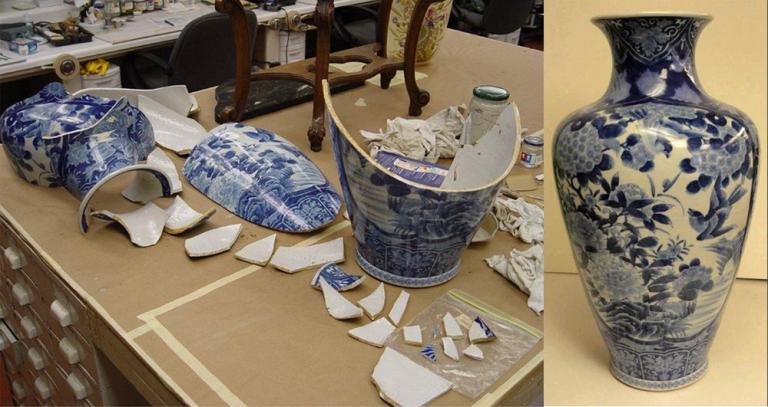
Thin and fine crackles on the cream-colored glaze are evocative of a tree leaf, with arteries and veins stretching, intertwined freely and vibrantly in it.Chinese people love crackleware because they love nature’s unique craft. Porcelain is an artificial art, but what it most defies is nothing other than artificiality.
The interest in crackleware lies in its naturally produced and unpredictable patterns. Any manmade crackles would be mechanical and unnatural and betray a certain artifice, definitely no match for naturally crafted crackles.
